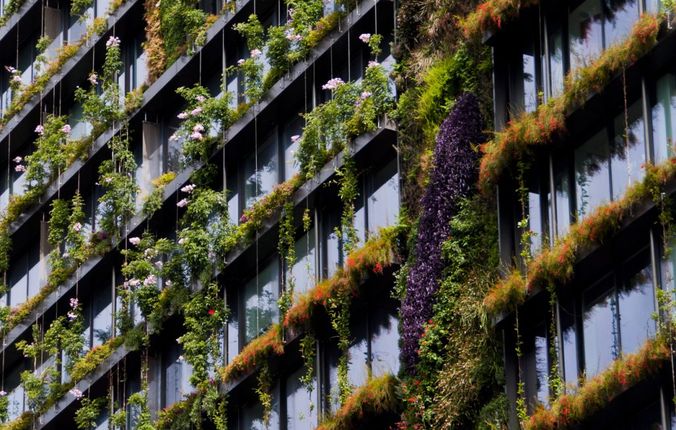“Green” homes matter to downsizers. They should matter to developers too.
Developers cannot overlook the need for eco-friendly inclusions in downsizer properties following research findings that show empty-nesters are eager to embrace the green movement.
Not a day goes by that we aren’t reminded of the urgent issue of global warming. Media stories abound of record floods, snowstorms or heat waves in various parts of the world. When accompanied by reports of significant ice shelves calving it sends a warning to us all to embrace the green movement. And it all starts in our homes – one of the biggest contributors to energy consumption.
But here’s the thing. Homes that are eco-friendly don’t just deliver the feel-good factor. Environmentally-friendly features can also reduce utility bills.
By designing homes that cut back consumption of energy, water, and garbage collection services, developers can help downsizers pocket valuable savings. That’s a big drawcard because when you’re in or near retirement, every penny counts.
The bottom line is that eco-friendly home features don’t just allow downsizers to assuage their eco-conscience, they can also put money back in their hip pocket. A true win-win!
The benefits go beyond conscience
Not surprisingly, research shows empty-nesters and baby boomers are backing green features.
A survey by Nielson found 51% of baby boomers are willing to pay extra for products and services from those companies committed to positive social and environmental change. The same research found that those willing to spend more regard upholding personal values as more important than cost or convenience.
Put simply, people who are passionate about the environment will pay more for green features.
That puts the onus on developers to promote green features. The real challenge can lie in marketing eco-features to buyers who may not be excited by ecological benefits – but who rank “savings on utilities” as a high priority on their wish list.
So, what are the home features worth promoting? Beyond the obvious, such as solar energy (be sure to spell out the cost savings), simple home features like natural light-filled areas can be just as appealing as more recent innovations like green roofs and walls that improve thermal performance and stormwater management.
If you can quantify the annual savings of these features, so much the better. But at a minimum, make sure they are spelled out in marketing material. It could be the difference between securing a sale and missing out to another developer who has hit the mark on an eco-friendly property.
Greg Oddy is the Director of Sales and Marketing at Downsizing.com.au and Seniors Housing Online


